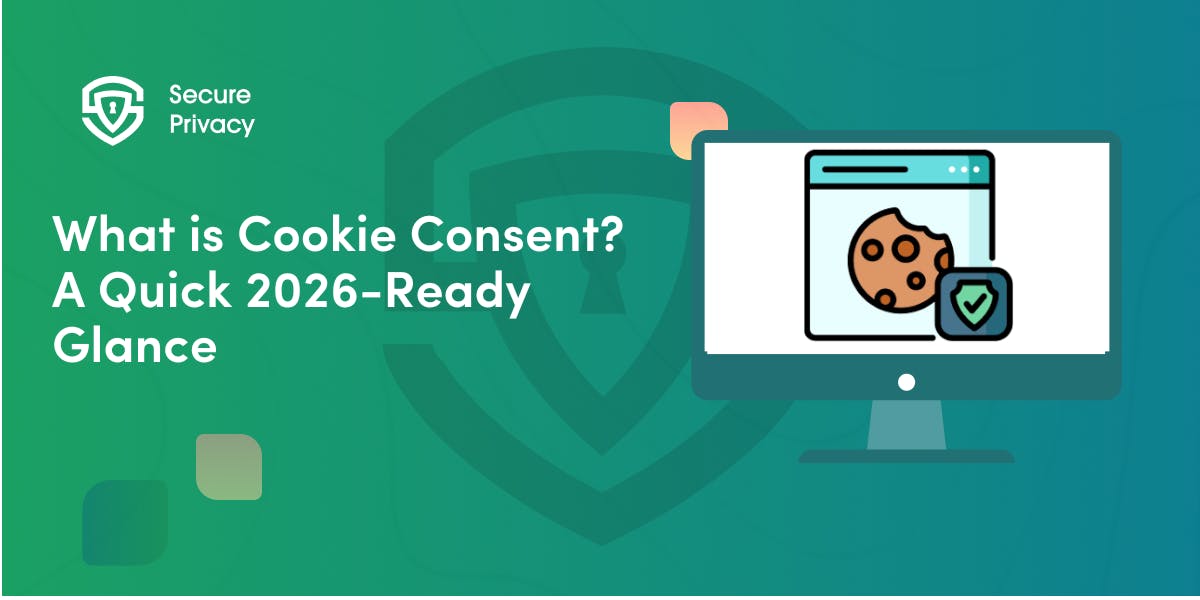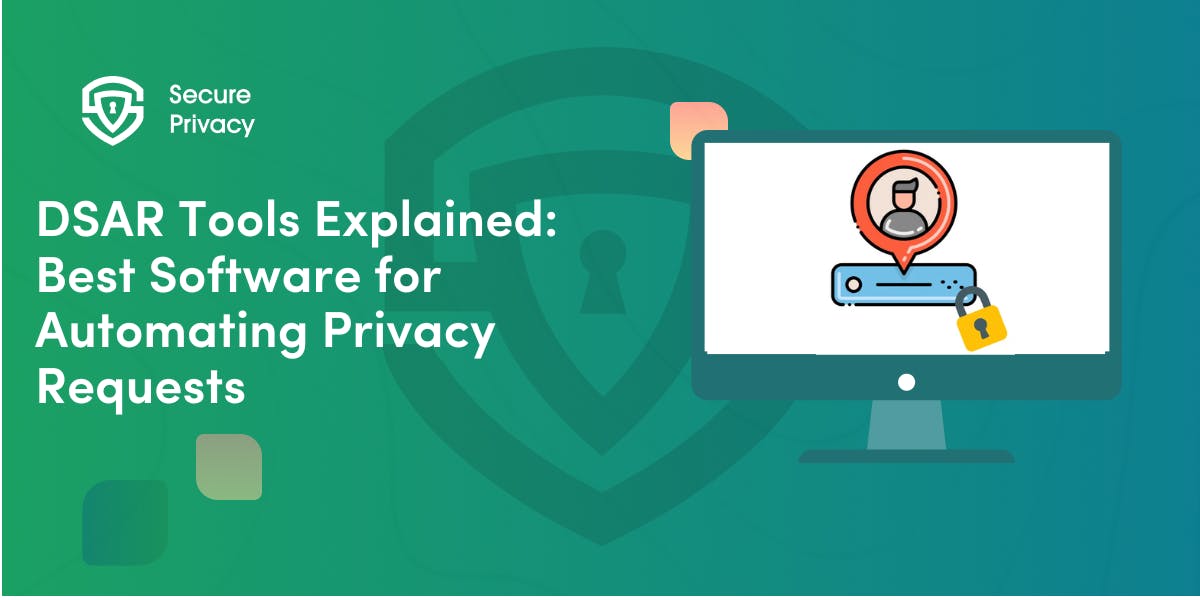How Android TV Consent Differs from Mobile Apps (and How to Stay Compliant)
Your development team builds Android apps for both mobile and TV platforms — then you discover consent management requirements differ fundamentally between devices. The difference between Android mobile consent management and Android TV consent management transforms compliance from a straightforward SDK integration into a multi-platform challenge, requiring separate UX strategies, identifier handling, and technical architectures for each environment.
The stakes are substantial: understanding the difference between Android mobile consent management and Android TV consent management becomes critical as Google enforced TCF v2.2 compliance on CTV starting July 2024, restricting ad serving and reducing eCPM 20-40% for non-compliant publishers. Yet 70% of Android TV apps lack proper consent mechanisms. If you're a privacy engineer, app developer, or compliance officer responsible for Android platforms, you need strategies addressing the difference between Android mobile consent management and Android TV consent management without building entirely separate compliance systems.
In this guide, you'll discover the difference between Android mobile consent management and Android TV consent management, how this difference impacts technical implementation, and which unified SDK solutions address both platforms simultaneously.
Understanding the Difference Between Android Mobile Consent Management and Android TV Consent Management
The difference between Android mobile consent management and Android TV consent management stems from fundamental platform distinctions affecting data collection, user interaction, and technical capabilities.
Data Collection Environments create the primary divergence. Android mobile apps operate in personal, portable contexts where users actively engage with touchscreens. Android TV apps function in shared living room environments where remote controls replace touch input and users sit 10+ feet from screens expecting passive entertainment.
Device Identifiers differ substantially. The difference between Android mobile consent management and Android TV consent management becomes evident in identifier handling. Android mobile devices leverage Google Advertising ID (GAID)—a resettable identifier users control via Settings > Privacy > Ads. Android TV employs permanent device IDs users cannot reset, creating immediate compliance tension: users lack control mechanisms available on mobile, yet GDPR Article 6 requires identical control levels.
User Interface Limitations on TV reshape consent fundamentally. Mobile touchscreens enable rapid navigation—users tap instantly, scroll smoothly through vendor lists. Android TV remote D-pad navigation supports only sequential movement: up, down, left, right, select. Moving down 20 vendor items requires 20 "down" presses with 200-500ms Bluetooth latency. This makes displaying 50+ IAB TCF vendors impractical, forcing simplified consent approaches.
GDPR and IAB TCF Compliance on Android Mobile
Understanding the difference between Android mobile consent management and Android TV consent management begins with mobile implementation. Android mobile consent management leverages mature SDK ecosystems and intuitive touch interfaces enabling comprehensive compliance.
SDK Integration Workflow follows standardized patterns. Developers integrate Consent Management Platform (CMP) SDKs — such as Secure Privacy — early in the app lifecycle before initializing analytics or advertising frameworks. Users see layered consent: concise initial banner with "Accept," "Reject," and "Learn More" options, followed by detailed preference centers for granular vendor control.
IAB Transparency and Consent Framework (TCF) v2.2 mandates advertising and content personalization require explicit consent. CMPs store consent decisions in SharedPreferences as TC Strings with IABTCF_* key prefixes. Advertising SDKs automatically query SharedPreferences before serving personalized ads, respecting user choices through addEventListener() patterns.
Consent UX Best Practices optimize mobile experiences. Consent banners occupy 30-40% of screen maximum, according to mobile-specific best practices. "Accept" and "Reject" buttons receive equal visual prominence satisfying GDPR Article 7. Vendor lists implement infinite scroll with search functionality. In-app privacy centers provide one-tap consent withdrawal.
GDPR and IAB TCF Compliance on Android TV
The difference between Android mobile consent management and Android TV consent management manifests most clearly in CTV compliance approaches. While mobile users interact with touchscreens, the difference between Android mobile consent management and Android TV consent management becomes apparent through remote control navigation requirements.
CTV Advertising relies on programmatic exchanges serving targeted ads during content breaks. Android TV apps integrate Google TV Ads Library (PAL SDK) rendering overlays during ad breaks. Unlike mobile where ads interrupt active engagement, TV ads play during passive viewing. This context makes traditional consent banners disruptive, requiring simplified consent flows.
UX Design for Remote Input addresses D-pad constraints. CTV consent banners prioritize 2-3 main toggle groups—Essential, Analytics, Marketing—with focus states visible from 10+ feet. Bold borders and high-contrast colors ensure visibility.
QR Code Innovation: Rather than displaying full IAB TCF vendor lists requiring excessive remote scrolling, publishers display QR codes directing users to mobile phones for granular consent choices. Users scan codes, access full preference centers on touch-friendly screens, then apply consent back to TV automatically. This "two-screen approach" significantly improves acceptance rates while maintaining GDPR compliance.
Storing User Preferences creates technical challenges. Older Android TV devices lack full SharedPreferences support, forcing CMPs to implement Web View-based banners storing preferences in HTML5 localStorage. Modern implementations use native Android TV SDKs storing consent in SharedPreferences with Web View fallbacks.
Cross-device synchronization requires authenticated user identification. When users log into TV apps with the same credentials as mobile, CMPs retrieve stored preferences from cloud storage. However, many TV apps don't implement authentication, forcing separate consent collection per device.
Technical Challenges in Multi-Device Consent
Understanding the difference between Android mobile consent management and Android TV consent management requires addressing cross-platform synchronization challenges. Developers must navigate the difference between Android mobile consent management and Android TV consent management when implementing unified solutions.
Shared Consent State demands authentication infrastructure. Traditional synchronization requires users logging into mobile and TV apps with identical credentials, managed through API-based consent infrastructure. Mobile CMPs store consent with the user's email as a sync key. TV app queries CMP API for stored preferences and applies locally. This works for authenticated services but fails for unauthenticated TV experiences.
IP-based consent sharing proposes an alternative: automatically recognize TV and phone on the same WiFi network. However, using IP addresses to link consent without explicit user authorization may violate GDPR's data minimization principles per EDPB October 2024 guidance.
IAB TCF v2.2 API Integration differs between platforms. Mobile implementations use real-time event listeners—addEventListener() patterns mandated in TCF v2.2. When users change consent, listeners fire immediately, triggering vendors to update within milliseconds. TV implementations struggle with listener architecture due to limited Web View support. TV CMPs implement polling-based consent checks, creating latency risks.
How to Unify Consent Across Android Devices
Despite the difference between Android mobile consent management and Android TV consent management, unified approaches minimize development overhead. Successfully addressing the difference between Android mobile consent management and Android TV consent management through multi-platform CMPs reduces implementation complexity.
Choosing a Multi-Platform CMP requires verifying capabilities. Leading CMPs provide separate but integrated SDKs. Secure Privacy offers native Android mobile SDK and emerging Android TV support.
Evaluation criteria include Google Certification for CTV, IAB TCF v2.2 compliance, Google Consent Mode v2 integration, cross-device sync capabilities, QR code UX support, and real-time event listener implementation.
SDK Capabilities ensure comprehensive coverage. Real-time consent listeners enabling immediate vendor response, SharedPreferences and localStorage support, QR code generation for TV-to-mobile transfer, authenticated user consent synchronization, automatic TC String formatting, and platform-specific UX optimization.
Secure Privacy's Android SDK demonstrates a unified approach. Single codebase supports iOS, Android mobile, and Android TV with platform-specific UI adaptations. Native Android TV optimization accounts for D-pad constraints. Simplified developer experience requires fewer API calls than enterprise alternatives. Cross-platform consistency reduces developer fragmentation.
Implementation Best Practices
Successfully addressing the difference between Android mobile consent management and Android TV consent management requires platform-specific strategies. Developers must recognize the difference between Android mobile consent management and Android TV consent management impacts every implementation decision.
For Android Mobile: Call CMP SDK initialization before any Firebase, AdMob, or third-party SDK initialization. Use runtime permission prompts after consent banners. Test with multiple consent scenarios—all accept, all reject, granular choices.
Store and access TC Strings correctly by querying IABTCF_TCString from SharedPreferences. Register listeners for IABTCF_* key updates. Validate TC String format ensuring GVL v2 versus v3 compatibility.
Support cross-device synchronization by implementing optional user authentication. Do not use IP addresses alone for cross-device linking without explicit consent. Provide clear opt-in messaging: "Your consent will sync to your TV app if you sign in."
For Android TV: Choose TV-certified CMP optimizing for D-pad navigation. Verify Google Certification ensuring full ad eligibility. Budget for separate CMP tiers as mobile and CTV require different subscription plans.
Design for remote control first by limiting the initial banner to 2-3 main toggles. Use QR codes for detailed vendor lists. Ensure focus states are visible from 10+ feet. Make the Back button functional at all times.
Handle device identifiers by documenting TV apps collect permanent device IDs. Explicitly obtain consent for IP address tracking before initializing SDKs per EDPB October 2024 guidance and GDPR Article 7 withdrawal and affirmative action principles.
Implement cross-device consent linking by offering optional QR code scanning. For authenticated publishers, automatically sync preferences when users log into TV with same credentials as mobile.
Regulatory Updates Impacting the Difference Between Android Mobile Consent Management and Android TV Consent Management
Understanding the difference between Android mobile consent management and Android TV consent management requires tracking enforcement changes. The difference between Android mobile consent management and Android TV consent management extends beyond UX to regulatory compliance as regulations evolve continuously.
Google Play Store Requirements updated October 2025 mandate new apps and updates target Android 15 (API 35) by August 31, 2025. Apps must complete Data Safety Forms disclosing all data collection including device identifiers and app interactions.
ePrivacy Directive IP Tracking from EDPB October 2024 clarified IP address tracking requires explicit prior consent. Since Android TV relies heavily on IP addresses for user location and device identification, developers must obtain explicit consent before initializing analytics SDKs.
TCF v2.2 CTV Enforcement starting July 2024 requires publishers serving ads in EU/UK use Google-certified CMP aligned with TCF v2.2. Using uncertified CMP on Android TV can reduce ad revenue by 20-40%.
Conclusion
The difference between Android mobile consent management and Android TV consent management represents significant compliance complexity requiring platform-specific approaches. While both platforms must comply with GDPR and IAB TCF v2.2, technical implementations diverge substantially due to interface constraints, identifier management, and advertising framework maturity.
The 2025 regulatory environment introduces urgency: Google's enforcement of TCF v2.2 on CTV, ePrivacy Directive's expanded IP tracking requirements, and Android 15's updated permission model all demand immediate compliance reviews.
For developers addressing the difference between Android mobile consent management and Android TV consent management, the recommended path forward uses certified, platform-aware CMPs implementing native SDKs for each platform. Design consent UX specifically for remote navigation on TV with QR code fallbacks. Audit identifier collection ensuring explicit consent. Test extensively on real hardware.
Compliance today protects against regulatory enforcement. Understanding the difference between Android mobile consent management and Android TV consent management enables strategic planning. Organizations recognizing the difference between Android mobile consent management and Android TV consent management as strategic capability achieve better outcomes: maintained ad eligibility through proper CTV consent, reduced regulatory risk through comprehensive identifier consent, and improved user experience through platform-appropriate interfaces.
Ready to address the difference between Android mobile consent management and Android TV consent management in your apps? Explore unified SDK solutions from Secure Privacy that provide platform-specific implementations with shared consent storage, enabling consistent privacy compliance across mobile and TV while respecting each platform's unique technical constraints.
Get Started For Free with the
#1 Cookie Consent Platform.
No credit card required

What is Cookie Consent? A Quick 2026-Ready Glance
Your website loads. Cookies track users. But without proper cookie consent, you're violating GDPR — risking fines up to €20 million or 4% of global revenue. Cookie consent is the legally required mechanism by which websites obtain explicit user approval before deploying non-essential tracking technologies. This requirement stems from GDPR Article 4(11) and the ePrivacy Directive, mandating that consent must be freely given, specific, informed, and unambiguous.
- Legal & News

DSAR Tools Explained: Best Software for Automating Privacy Requests
You're drowning in data subject access requests. Manual searches through dozens of systems miss regulatory deadlines and expose organizations to fines starting at $2,500 per violation. The solution? DSAR tools — purpose-built software that automates the entire process of responding to data subject access requests, from intake to delivery.
- Legal & News

IAB TCF 2.3 Explained: Requirements, Updates, and Implementation Guide (2026)
Your ad revenue dropped 40% overnight. Google stopped bidding on your inventory. Your DSP partners flagged your traffic as non-compliant. The culprit? An outdated TCF 2.2 consent string after the February 2026 enforcement deadline.
- Legal & News
- Cookie Consent

